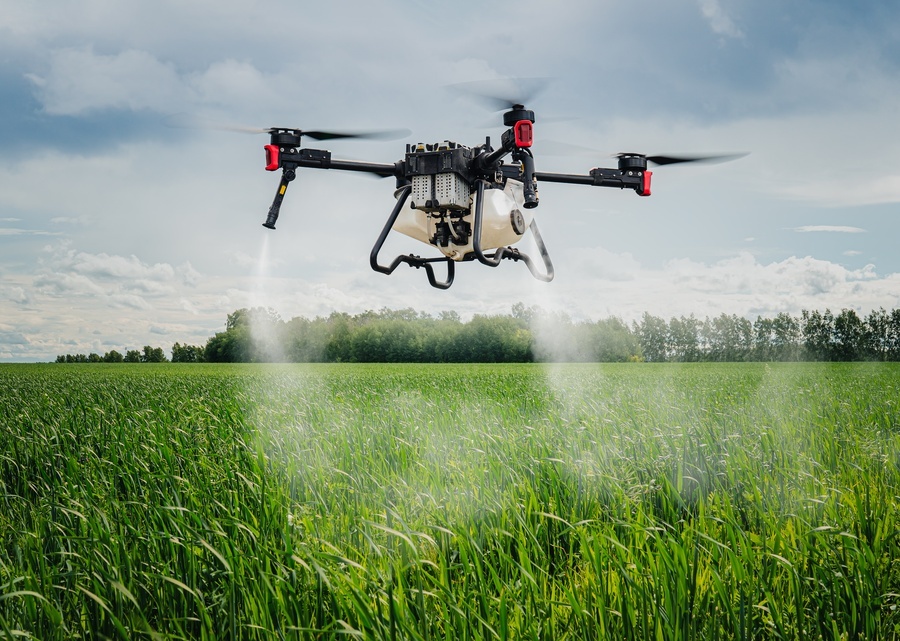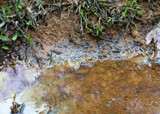10 Reasons Testing Groundwater Is Important
Groundwater is one of the most valuable resources we have. It provides drinking water for millions and supports everything from farms to factories. Because it stays hidden underground, we often forget to monitor its quality. We’ll highlight the 10 reasons testing groundwater is important, because understanding these reasons helps us take smart, practical steps that protect our water supplies and the people who rely on them. Regular testing keeps us safe, supports healthy communities, and helps us make choices that protect the environment for generations to come. When we prioritize groundwater quality, we ensure that our water remains available, safe, and sustainable even as our surroundings change and populations grow.
Protects Public Health
The top reason to test groundwater is simple—it keeps people safe. Pollutants from farms, industrial activity, and aging septic systems can easily move into underground aquifers. Without testing, harmful contaminants like bacteria, nitrates, and metals could go unnoticed in our water supplies.
Some pollutants cause immediate sickness, while others may lead to lifelong health problems. Establishing a routine testing plan lets us detect those threats early and act quickly to protect public health. It’s not only about preventing outbreaks—consistent monitoring reassures everyone who depends on the water source that safety comes first.
Keeps You Compliant With the Law
In many industries, groundwater testing isn’t just a good idea; it’s often required by law. Local, state, and federal agencies set regulations for water quality to protect health and the environment. These rules outline how frequently to test and what to measure, especially when facilities are located near sensitive water sources.
Failing to stay compliant can lead to steep fines, legal consequences, or even a shutdown. Staying ahead with testing shows a commitment to doing the right thing, and strong records help avoid trouble if regulators conduct an audit. Taking compliance seriously also builds trust with customers and communities, demonstrating a clear dedication to safety and environmental protection.

Spots Problems From Farm Runoff
We rely on groundwater for crops, but farming can introduce challenges as well. Fertilizers, herbicides, and pesticides can seep down through the soil into our aquifers. Nitrates, for example, are a common issue in agricultural areas.
When we test groundwater near farmland, we see exactly how agriculture affects water quality. The results guide practical improvements, such as fine-tuning fertilizer application rates or planting buffer strips to reduce runoff. This keeps water safer for everyone and can support the reputation of local farms by demonstrating responsible and sustainable practices.
Catches Industrial Pollution Early
Manufacturing and storage sites sometimes leak harmful chemicals into the ground. Substances such as solvents, heavy metals, or petroleum products can remain in groundwater for decades—and even tiny amounts can be dangerous.
That’s why companies need reliable monitoring routines near their operations. When contamination is discovered early, cleanup can begin before the problem spreads. Acting quickly protects communities, reduces long-term environmental damage, and saves significant money. Proactive testing also helps industries refine safety procedures and invest in preventative measures.
Tracks Leachate From Landfills
Modern landfills are built with liners and barriers to prevent waste from leaking into the ground. However, as trash decomposes, it produces leachate—a toxic liquid that can still migrate, especially from older or poorly managed sites.
Testing wells around landfills alerts us if leachate is moving into groundwater. If contamination appears, it signals the need to inspect liners and make repairs. This ensures that landfills don’t become hidden sources of water quality problems and encourages the development of improved designs and stricter monitoring programs that benefit the entire community.
Watches for Saltwater Moving In
In coastal areas, pumping too much freshwater from underground aquifers can allow ocean water to creep in. This saltwater intrusion damages freshwater supplies used for drinking and farming and has become a growing concern.
Through regular groundwater testing, we can monitor rising salt and chloride levels. Tracking these changes allows water managers to adjust pumping strategies and prevent further intrusion, keeping aquifers usable. Early warnings also help utilities and local governments plan alternative water sources or conservation programs before serious shortages occur.
Provides What We Need for Cleanup
When contamination occurs, testing becomes the starting point for restoring groundwater. Initial test results help identify what contaminants are present, how concentrated they are, and how far they’ve spread. With this information, we can design cleanup plans that work effectively.
Continued testing during and after cleanup shows how progress is going. If something isn’t working, we’ll know early and can make changes. Once tests confirm the water is clean again, everyone can have confidence in the results. Detailed testing data is essential for verifying remediation goals and ensuring that local ecosystems return to a healthy state.
Builds an Accurate Picture Over Time
You don’t know if something’s going wrong with groundwater unless you have a baseline. By regularly testing over months and years, we create a detailed story about water quality at each location. Over time, this history serves as our strongest defense, alerting us to gradual changes and emerging threats that may otherwise go unnoticed.
If we notice a sudden spike in a contaminant, we can determine whether it’s natural or a sign of a new issue. Building this kind of long-term record helps us make faster, more accurate decisions and prompts early action to protect water users.
Encourages Smart Land Use Choices
Before a new building or neighborhood goes up, we need to understand what’s happening underground. Test results reveal whether an aquifer in an area is vulnerable to contamination and whether certain projects should be relocated or modified.
With strong data, planners can protect drinking water supplies and put safeguards in place. This prevents sacrificing short-term development benefits for long-term environmental protection. Groundwater reporting often influences zoning decisions and infrastructure planning, making it a key element of sustainable growth.
Makes Site Assessments Reliable
Geotechnical or environmental projects rely heavily on accurate site characterization. Understanding the subsurface helps engineers design safer and more effective solutions. Testing groundwater reveals details such as flow direction, depth, and chemical composition. Using dependable groundwater sampling equipment ensures that collected samples accurately reflect real field conditions.
Key information gained from results includes:
- Depth to the water table
- Direction and speed of groundwater flow
- Any contaminants or unusual compounds
- Overall geochemistry of the aquifer
When we understand these elements, decision-making improves, projects run smoother, and environment risks remain low.

Securing the Future of Groundwater
The many reasons for testing groundwater underscore its importance. Testing doesn’t just solve today’s problems; it protects our health, our communities, and our future. Knowing the full story behind our water builds trust and empowers us to act responsibly, ensuring that future generations enjoy clean, safe groundwater.
Recent Posts
-
10 Reasons Testing Groundwater Is Important
Groundwater is one of the most valuable resources we have. It provides drinking water for millions a …November 20, 2025 -
Why You Should Regularly Check Termite Bait Stations
In industries such as agricultural or groundwater management, unseen threats can quietly undermine y …November 12, 2025 -
How the Mining Industry Uses Sediment Sampling Data
In mining, the decisions made before the first shovel hits the ground can determine the success or f …September 26, 2025




